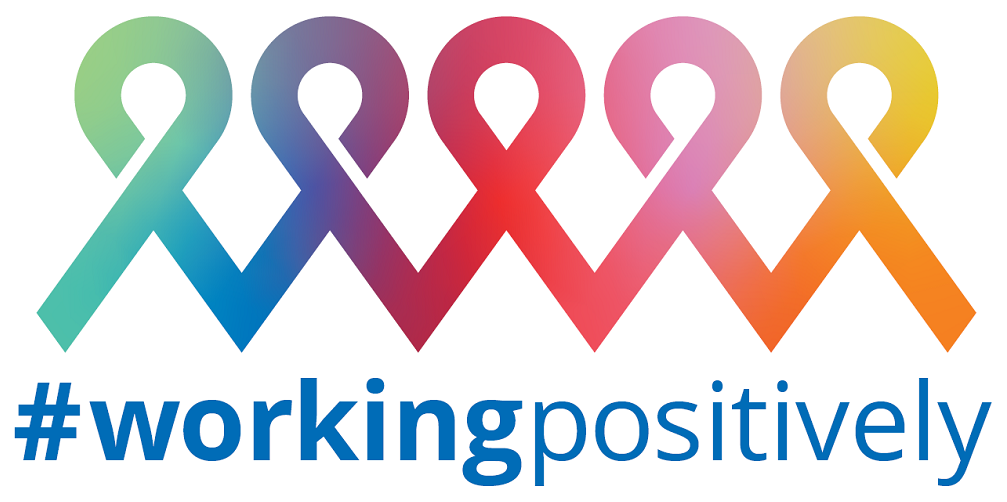Blockchain
Interested in Blockchain? Start Thinking About Talent
October 9, 2017 | Written by: Jason Kelley
Categorized: Blockchain
Share this post:
As more companies across a wide range of industries move from trying blockchain, to starting blockchain-based networks, demand for the technology’s skills is exceeding supply.
Blockchain has been around for years but the tech itself is just a fraction of any blockchain solution. Companies working with blockchain are looking to hire more than merely software developers; they’re looking for business and technical consultants, software engineers, cyber security strategists, project managers, marketers and many others.
And because blockchain is being applied across an array of industries, such as finance, retail, supply chain and healthcare, the jobs are just as varied. IBM, for example, who was recently named the number 1 blockchain vendor by Juniper Research, has more than 400 blockchain projects in progress, employs more than 1,600 employees and has more than 150 job openings related to blockchain.
Some of these are even “new collar” jobs, roles in fast growing fields, where having the right skills matter more than having a bachelor’s degree. Such skills can be cultivated through coding camps, community colleges, apprenticeships and other non-traditional methods.
My colleague, Eileen Lowry, and I recently discussed the growing blockchain job market with CNBC:
Bridging the blockchain skills gap
While companies continue to create new job roles because of the fast, transformative effects of blockchain, many of those positions remain vacant because demand is outpacing supply. Some higher educational institutions are just beginning to offer courses for studying blockchain, and the number of professionals with such experience is naturally limited. However, this doesn’t necessarily mean you must have extensive training to enter this expanding job market.
Skilled employees are needed and people with adjacent skills — whether developer, IT architect, user experience designer or financial services consultant — are stepping into the ring. To bridge gaps in skills and experience, IBM offers personalized online training for employees who work with blockchain or are interested in working with it. Nurturing potential candidates from academic institutions is another way to meet the rising demand for skilled employees. That’s why the IBM Academic Initiative, which provides training resources to students and educators, was recently expanded to include blockchain. You can read more about the program in this blog post.
Resources for developers
If you’re a developer, you might already have the skillset necessary to move into a blockchain role. To get started writing blockchain applications and quickly hone your development skills, check out the IBM Blockchain Platform developer sandbox. For technologists who want more in-depth guidance, IBM has refreshed its blockchain training and educational materials on developerWorks for Hyperledger Fabric 1.0.
A version of this story first appeared on IBM’s Blockchain Unleashed blog.
________________________________________
Be sure to join the IBM Blockchain community:

General Manager, Blockchain Services, IBM
Making the workplace safe for employees living with HIV
The recent promising news about Covid-19 vaccines is in sharp contrast to the absence of a vaccine for HIV, despite decades of research. Unlike Covid-19 with a single viral isolate that shows minimal diversity, HIV circulates in a wide range of strains that so far have proven impervious to a single vaccine. Fortunately, more people […]
Call for Code for Racial Justice Needs You: Join the Movement
IBM has never avoided taking on big challenges. At IBM, we are privileged to drive impact at scale. We take on challenges that transform our clients, impact people’s lives and innovate for future generations as we strive to effect systematic societal change. Over the course of our 109-year history, the evidence has become clear that […]
A New Wave: Transforming Our Understanding of Ocean Health
Humans have been plying the seas throughout history. But it wasn’t until the late 19th century that we began to truly study the ocean itself. An expedition in 1872 to 1876, by the Challenger, a converted Royal Navy gunship, traveled nearly 70,000 nautical miles and catalogued over 4,000 previously unknown species, building the foundations for modern […]


